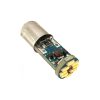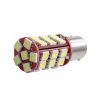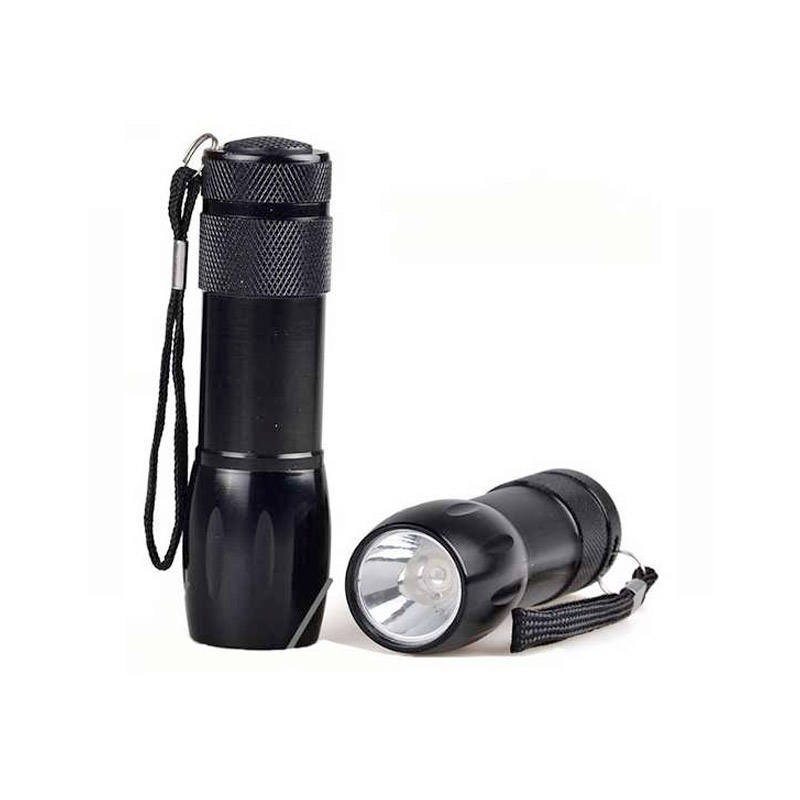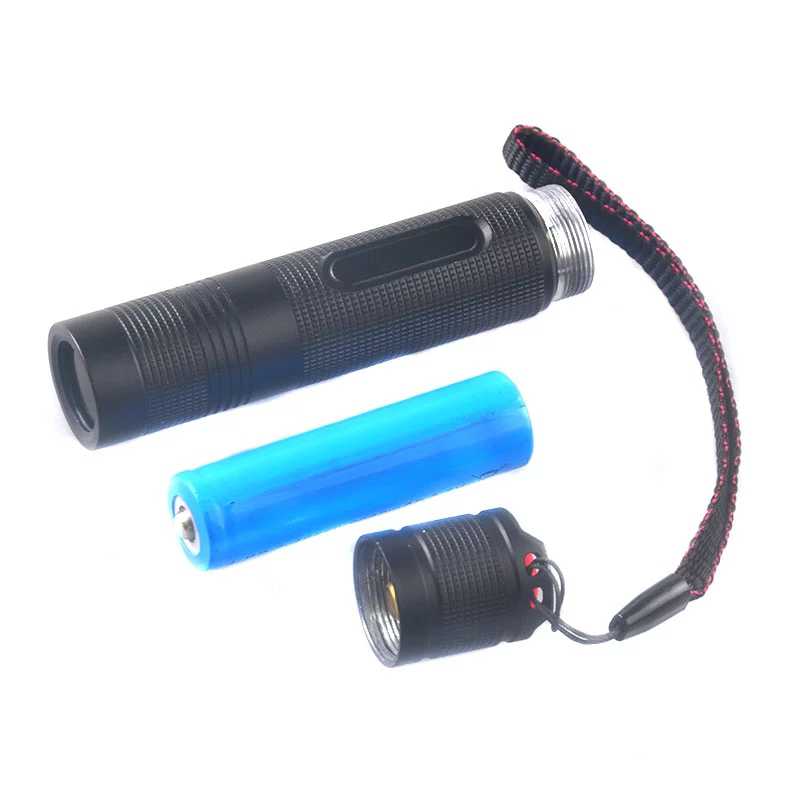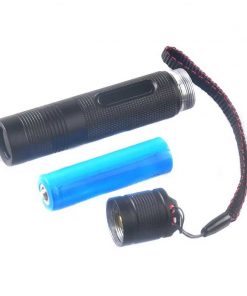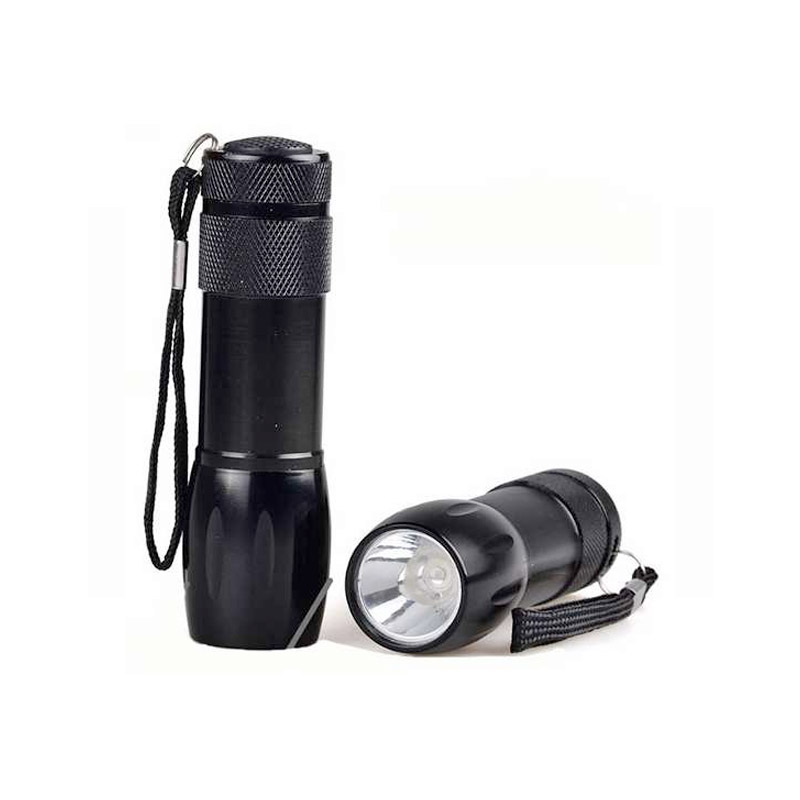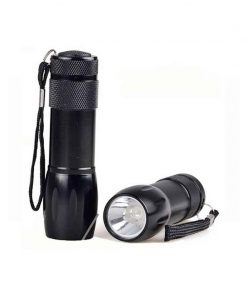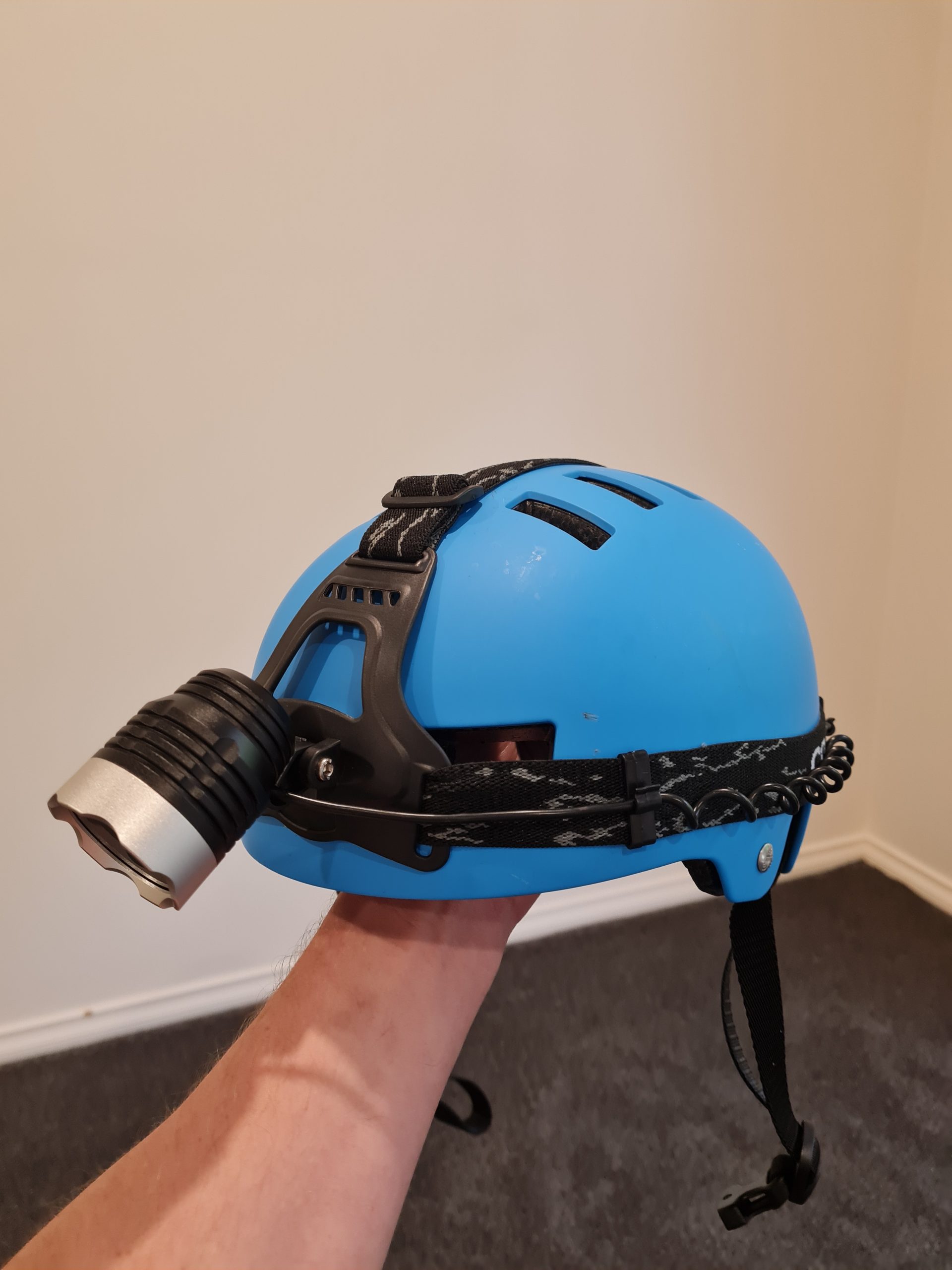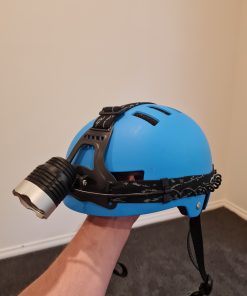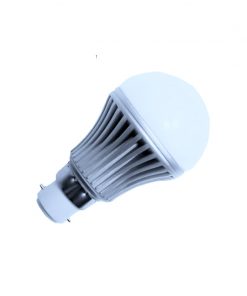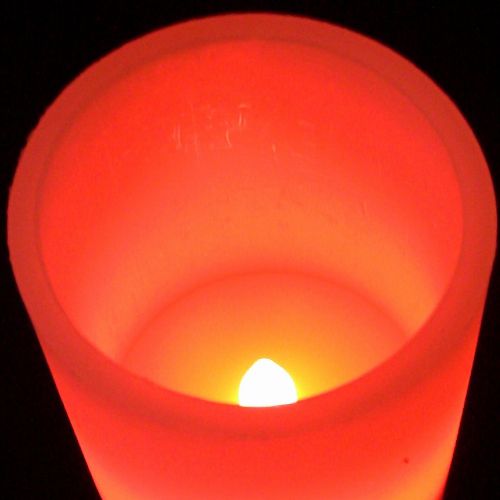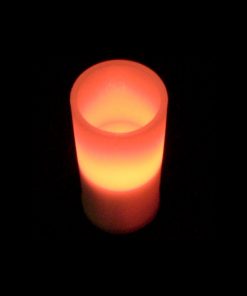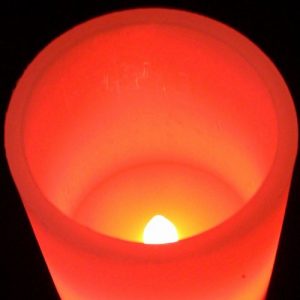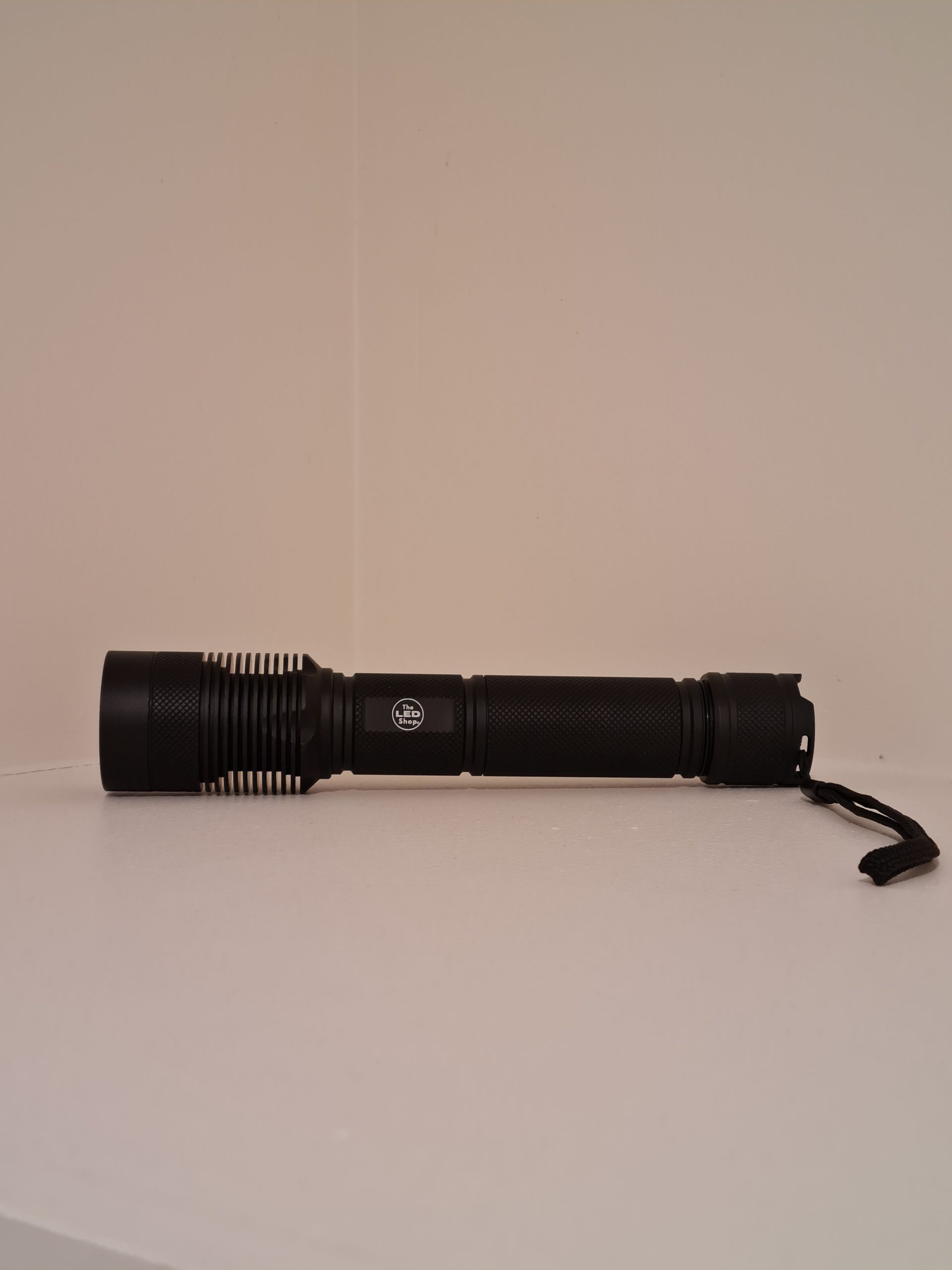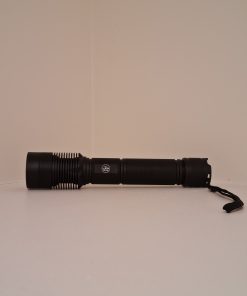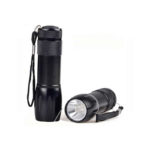Description
395 nM UV light torch
Our single 395 nM UV light torch (Black light) using CREE LED – suitable for AAA batteries.
• Need a 3w 365 nM UV Light Torch then click here
• Need a 5w 365 nM UV Light Torch then click here
• Need a 15w 365 nM UV Light Torch then click here
Standard UV LED torches/flashlights in the 400nm range generally produce a strong ‘UV beam’ best suited to illuminate at a distance.
These UV flashlights will find golf balls and scorpions at a distance because of the 3w narrow beam UV LED.
Great for checking credit cards and various other standard UV functions.
395 nM UV light torch uses
- 230 to 400 nm: Optical sensors, various instrumentation
- 200 to 400 nm: Forensic analysis, drug detection
- 300 to 400 nm: Solid-state lighting
365 nM UV light torch (click here) generates less unwanted “Interference Light” and they may naturally appear weaker or more white compared to the visible purple 395 nM UV light version.
This can be misleading and should not be misinterpreted.
General rule of thumb is that the more visible UV light you see the less effective it will be for detailed, faint detection work.
This is how UV (Blacklight) wavelengths usually work:
- 230~400 nm: Optical sensors, various instrumentation
- 240~280 nm: Disinfection, decontamination of surfaces and water (DNA absorption has a peak at 260 nm)
- 200~400 nm: Forensic analysis, drug detection
- 270~360 nm: Protein analysis, DNA sequencing, drug discovery
- 280~400 nm: Medical imaging of cells
- 300~320 nm: Light therapy in medicine
- 300~365 nm: Curing of polymers and printer inks
- 300~400 nm: Solid-state lighting
- 350~370 nm: Bug zappers (flies are most attracted to light at 365 nm).
ATTENTION – CAUTION
Danger !
Eye damage guaranteed from careless use. Our 395 nM UV light torch LEDs are manufactured to produce light be almost invisible to the naked eye.
It is made for a specific purpose and should not be used by children or people unauthorised by you the tradesman.
Invisible UV is particularly dangerous to the human eye because it cannot detect that damage is being done.

